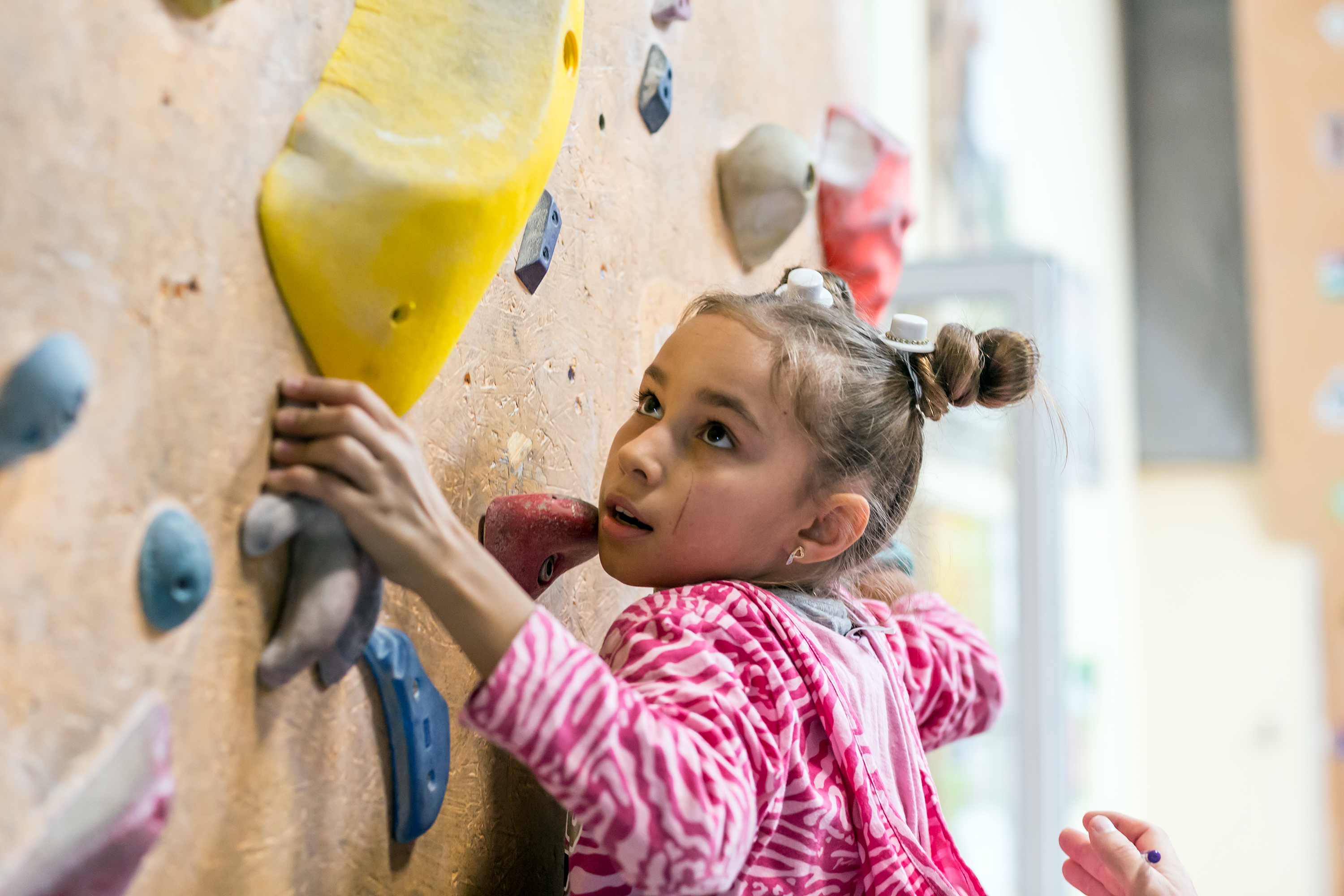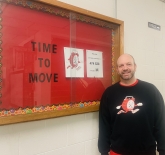Climbing the Walls: Motivating Students Through Cross-Curricular Connections

Motivating children to become physically active can be a constant challenge. With this in mind, Larkhall Academy, through multiple financial grants, purchased a rock wall some years ago to coincide with its physical education program, offering students a unique way of working on balance, strength and flexibility, setting goals, and having fun all at the same time. Ultimately, our school had never seen anything like it!
Pedagogically speaking, I want students to move beyond an obvious perception of “Here’s the wall, let’s start climbing.” Expectations and excitement would initially increase due to the wall’s novelty - climbing for the sake of climbing. Over time, though, this would eventually decrease motivation. Students need to be taught transference, seeing the relevancy of what they discover in their classrooms; this is important in that students get to decompartmentalize what is acquired in separate spaces and see school more holistically. That’s precisely what they get while getting to act like Spiderman!
On the surface, a 40-foot climbing area stretches from one end of the gym to the other, 8-feet high. Colourful rocks are sporadically placed along the wall at various heights, differentiating various degrees of student ability (i.e. analogous to scaffolding, meeting students at their current learning level). In reality based teaching - creating a space or environment where reality is incorporated into the classroom - learning occurs when meaningful connections or links are made with previously acquired information. Our rock climbing wall serves as a kinesthetic journey of practicing what we teach.
Connections can be made with all student ages, from kindergarten through to elementary. The rock wall is an excellent way to reinforce colours and numbers for younger students (i.e. some rocks take the form of numbers). Mathematical patterns take place with rocks of repeating colours or shapes, which help students with predictive skills. With data management, older students who act as observers can record the colour of rocks climbed, which move onlookers from a passive to a more active role in their own learning. Stories in language arts about overcoming obstacles can relate to students who fear falling or simply wanting to give up when faced with a challenge. Used in this way, students appear more motivated to learn lessons far beyond a single physical education class.
Personally, incorporating the wall in this way cannot happen without curricula expertise of classroom teachers. Communication with homeroom teachers and specialists in finding out what is presently taking place in classrooms provides first-hand significance when it comes to climbing the walls at Larkhall Academy. For example, inquiring about any theme-based classroom activities and spin-off activities that could evolve from student-teacher engagement in areas such as structures (science), perseverance (language arts), and angles (math).
The possibilities are endless. Imagine that.
Here are some additional strategies to use when motivating students:
-
Find a way to connect with students; for me, it’s my infatuation with Spider Man.
-
Celebrate the positives in everything students do.
-
When possible, provide students with an opportunity to direct their own learning.
-
Feedback should be a mixture of self, peer, small group, and teacher assessment.








